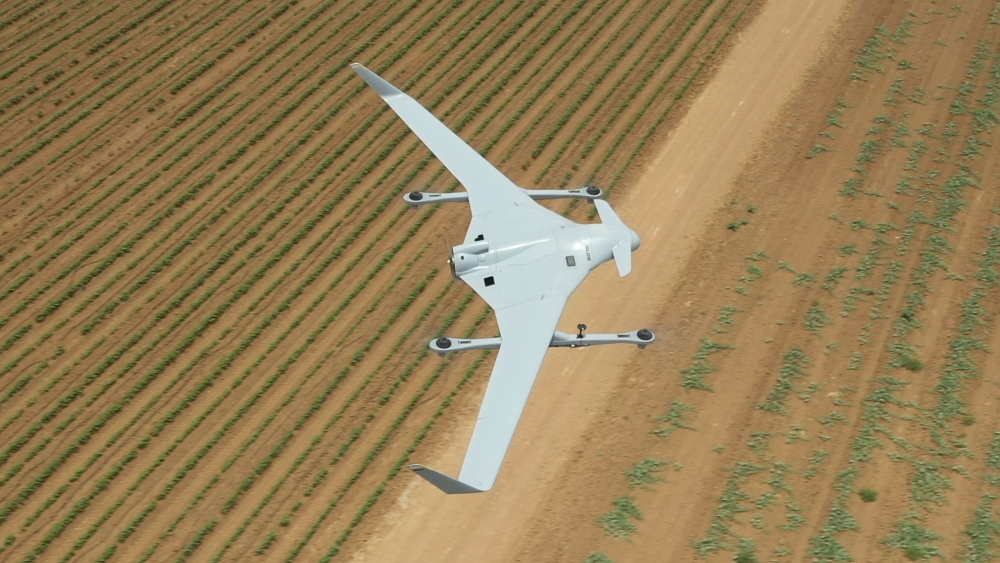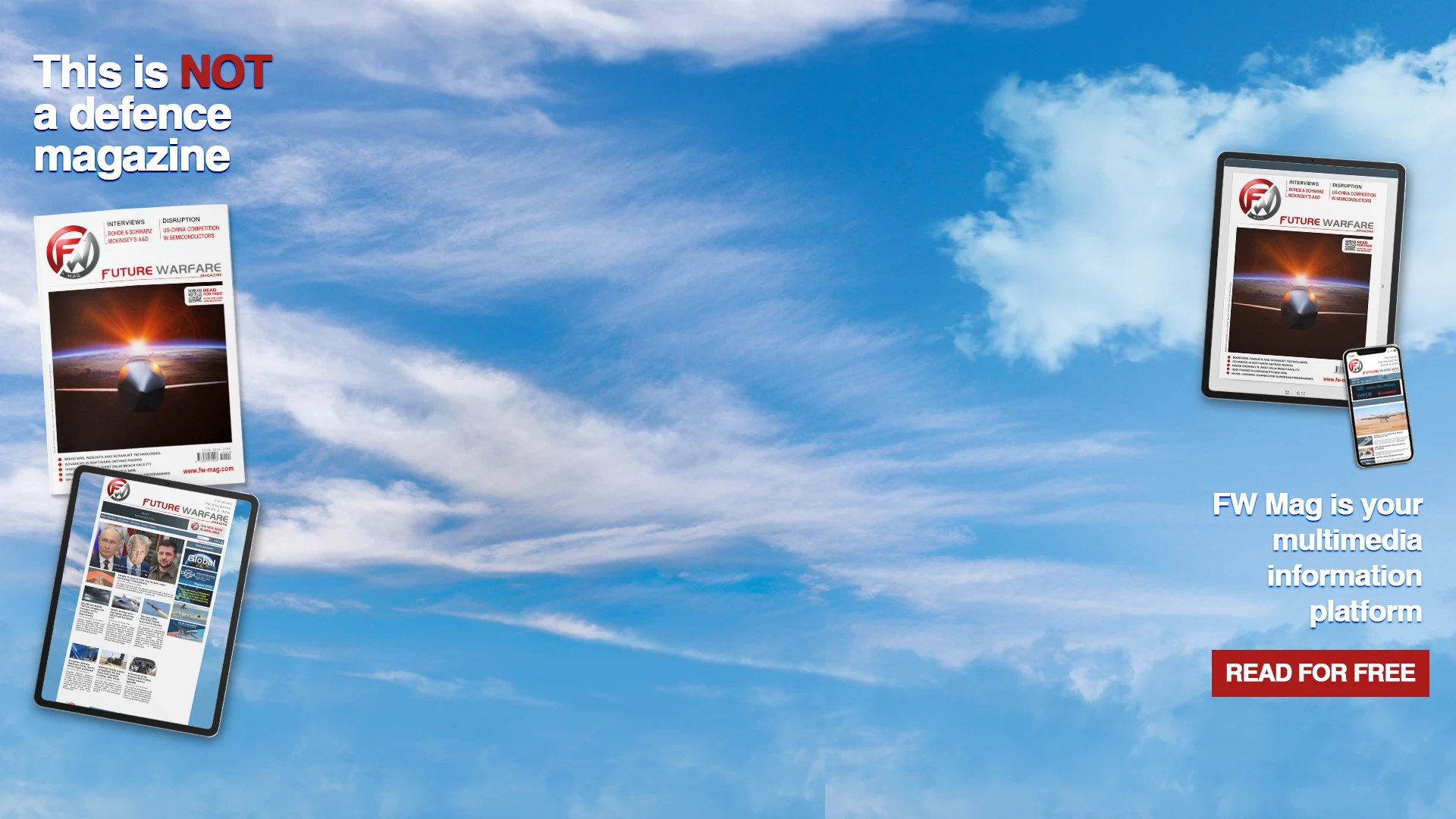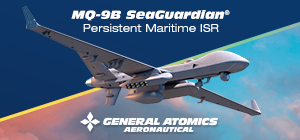
As we underlined repeatedly on our print magazine, the demand for tactical UAS solutions that deliver reliability, flexibility, and advanced capabilities is rapidly rising. Defence forces worldwide increasingly recognize the critical role that unmanned aerial systems play in modern warfare, driving innovation and adoption across the sector.
At the forefront of this evolution is Aeronautics, with operations spanning over 35 countries and a remarkable track record of more than 2,000 Orbiter systems deployed worldwide. In this interview with Dan Slasky, CEO of the Aeronautics Group, which was initially scheduled for the Paris Air Show, FW MAG explores how the company continues to meet the evolving needs of military customers, the technological advancements shaping their product portfolio, and the company’s vision for the future of tactical unmanned systems as operational requirements and battlefield realities continue to evolve.
FW MAG: Can you tell us what Aeronautics would have presented at the recent Paris Air Show 2025?
Dan Slasky: At the Paris Air Show, we would have showcased our Orbiter 5 and Orbiter 4, who are part of our Orbiter family portfolio, which represent a significant leap forward in tactical UAS capabilities. These systems are real game changers, as they can perform 80% of the missions you could assign to MALE UAVs yet remaining at the tactical level and with limited logistic footprint. The growing success is confirming that we are evolving in the right direction. Today, the Orbiter 5 and 4 can conduct comprehensive surveillance operations across multiple domains, from ISR to electronic warfare and communications intelligence. The spiral development of our products is possible because these are not civil aircraft adapted to military use rather designed from scratch to excel in the modern battlefield, and this changes everything. In fact, today we can clearly spell out that our products have two key strengths.
First, our UAVs are survivable, optimised for operating in complex arenas. But we have also found a good balance between survivability and expendability, as we know that a real battlefield will impose attrition rates. This accurate study to guarantee the best performance at reasonable price is of paramount importance.
Second, thanks to the military-specific design, we could work on flexibility. Do not forget that our customers are extremely demanding in terms of scenarios and combat arenas, and that is our breeding ground. Commanders ask for maximum flexibility to cope with today’s incredible tempo on the battlefield. This means that STOL and STOVL techniques have been given more importance, and we had to evolve our products accordingly. Also, we had to provide some specific communication equipment, some kind of EW protection, and to work with multiple suppliers of sensors to give as many options as possible. As you know, with the Orbiter 2 LM (loitering munition) we enabled the required firepower and agility to our systems so that commanders can immediately engage the enemy in real time. It is a rush against time, from a technological point of view this is fascinating but definitely challenging.
FW MAG: What are the key technology trends driving the new features in your product range?
Dan Slasky: Three major trends are revolutionizing our industry. The first is artificial intelligence (AI) integration. We are seeing AI for target recognition, route optimization, and decision-making capabilities that reduce operator workload while improving mission effectiveness. Modern battlefield conditions demand systems that can operate independently in GPS-denied environments and adapt to electronic warfare countermeasures. We are investing heavily in providing AI functions to our systems, in two different directions: flight and target engagement. The first allows for easy training of operators, as they have just to manage the drone, not really to be pilots. The second is of great importance to speed-up decision-making processes. As you can imagine, the AI features demand a continuous software development from our side, as we need to consider a growing number of flying objects, with diverse tasks, and having to adapt their behaviour to the context.
The second big trend is miniaturisation, as I underlined before. Investment in miniaturisation has been massive. For instance, our subsidiary Commtact has miniaturised all the communications devices that provide Orbiters with their unique resiliency. And we have been working another subsidiary, Controp and others, to have performing electrooptical sensors and radars that can deliver valuable intelligence despite their limited size and weight. This has also cascading effects on the way you design the engine and the electrical power plant. We identified and integrated sensors that are not energy-hungry on the one hand, while providing the UAV with the most stable and robust electric capacities to allow for better sensors. For instance, the solution we have found for naval applications is optimized for sensors such as ISAR radar/radar modes.
The third is electronic warfare sophistication. The conflict in Ukraine for instance has demonstrated that conventional EW systems are becoming less effective against AI-powered drones. The ability to detect and evade enemy air defence systems while maintaining operational effectiveness is crucial. Once again, this is also about sensor miniaturisation, but it is also a major trend per se: within our miniaturisation efforts, those functions providing for or related to electronic warfare receive special attention and dedicated investment in this period.
FW MAG: What future developments and new products can we expect from Aeronautics?
Dan Slasky: One exhibition after another, we will continue our spiral developments across the entire product portfolio. Per the trends described above, you can expect new options for sensors and sensor suites, new capabilities, and improvements in the engine and the airframe. There is also a lot of software work going on, and we will have news on updates for our C2, about new AI powered functions, and much more.
As far as new products are concerned, we are exploring two different directions to complete our portfolio. Following the experience and success of the Orbiter 2, especially the LM version, we are considering also smaller UAVs with similar functionalities and roles, but that can be employed in large numbers. The second direction is the Orbiter 3, Orbiter 4 and Orbiter 5 systems, who all are undergoing continuous upgrades with enhanced mission capabilities. One of the advantages we have today, with such a broad user community, is that we can get a lot of feedback and make a synthesis. Hence, for new products, we will pay utmost attention to the feedback from the battlefield, and we will decide on a case by case basis whether to add capabilities to existing assets or propose new ones.
FW MAG: Thank you for your insightful takes!


.gif)



